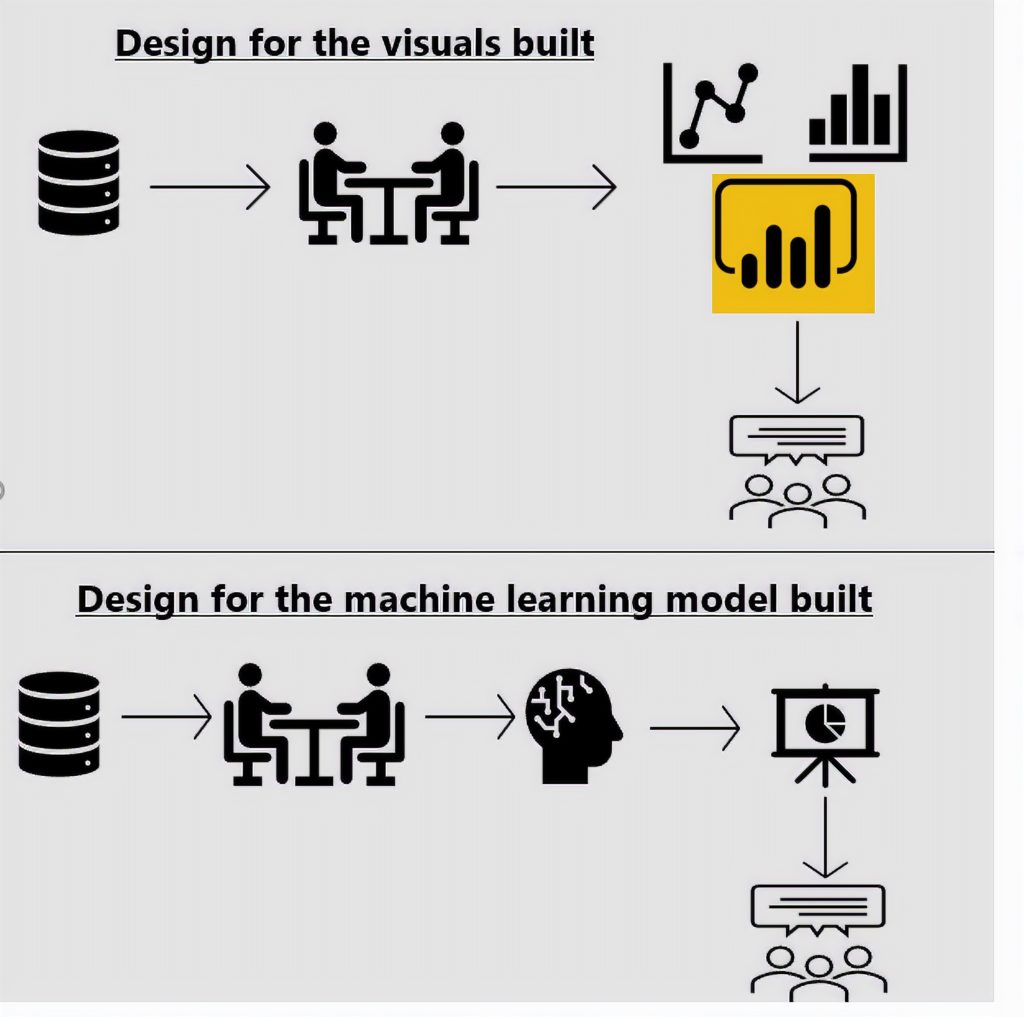Companies today have grown rich in data [1]. Moreover, by analysing their data, businesses could capture and create value from it [2]. Therefore, since data analysis would allow businesses to monitor and improve their performance by turning their data to information, business-data analysis is of paramount significance, all the more so since it would also enable businesses to create predictions through machine learning [2].

The aim of this study was to demonstrate this by making use of business intelligence (BI) through data visualisation, and by creating predictions through a machine learning model; this is to enable companies to improve their business performance by making more informed decisions with the use of these technological tools. This study, therefore, assesses the usability and value that such technologies could deliver to companies seeking to make better use of their data.

To this end, the study benefitted from the participation of a local company, which offered its enterprise resource planning (ERP) data related to the company’s sales. Various visuals/dashboards were built on stakeholder input within the company, and the data related to sales and sale opportunities. Moreover, a supervised multi- class classification machine learning model was built on the basis of the sale-opportunities dataset. This dataset was obtained from the company’s customer relationship management (CRM) system to predict the class label for each sale opportunity (refer to Figure 1 for the design process adapted in this study).
The visualisations and the machine learning model built were subsequently submitted for evaluation to identify the potential value of such technologies. Various employees, working at different levels within the company, were involved in the evaluation process for the purpose of gathering feedback and assessing usability of the artefacts developed. As a result of the evaluation process, these employees suggested also extending BI and machine learning to areas other than sales.
Given that positive feedback and good usability scores (Figure 2) were achieved, visualisation and prediction were classified as effective and important tools to enhance a company’s business performance. These were acknowledged as useful tools in helping a company to improve its decision-making process by having timely access to the relevant information [3].
References/Bibliography:
[1] Anonymous, “Business Intelligence: Better Use of Data to Make Smart Business Decisions: CRM”, Customer Relationship Management, 2017. Available: https://search-proquest- com.ejournals.um.edu.mt/docview/1973924342?accountid=27934.
[2] Anonymous, “The Value of Business Intelligence in ERP Systems: [Source: NoticiasFinancieras]”, NoticiasFinancieras, 2015. Available: https://search-proquest- com.ejournals.um.edu.mt/docview/1722395561?accountid=27934.
[3] B. Hočevar and J. Jaklič, “Assessing Benefits of Business Intelligence Systems – A Case Study”, Management: Journal of Contemporary Management Issues, vol. 15, no. 1, 2015. [Accessed 4 December 2019].
Student: Jesmar Scicluna
Course: B.Sc. IT (Hons.) Computing and Business
Supervisor: Dr. Peter Albert Xuereb
Co-supervisor: Mr. Anthony Spiteri Staines
